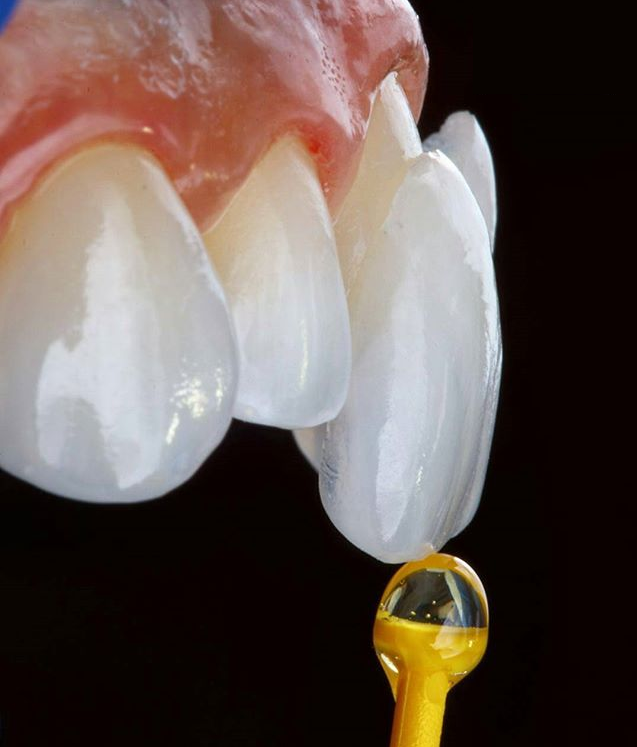Veneers
- Home
- Veneers
What are Dental Veneers?
Dental veneers are thin, custom-made shells that are designed to cover the front surface of teeth to improve their appearance. They are commonly used to enhance the aesthetics of teeth that are discolored, stained, chipped, misaligned, irregularly shaped, or have gaps between them.
Veneers are typically made from porcelain or composite resin materials. Porcelain veneers are considered more durable and stain-resistant, and they closely resemble the natural appearance of teeth. Composite resin veneers, on the other hand, are made from a tooth-colored material that is directly bonded to the tooth surface. While they may be more affordable compared to porcelain veneers, they are generally less resistant to staining and may not last as long.
The process of getting dental veneers usually involves multiple steps:
1. Consultation: You’ll have an initial consultation with a dentist to discuss your concerns, goals, and expectations. The dentist will examine your teeth and determine if veneers are a suitable option for you.
2. Treatment planning: If veneers are deemed appropriate, the dentist will develop a treatment plan tailored to your needs. This may include taking X-rays, impressions, and photographs of your teeth.
3. Tooth preparation: In order to accommodate the veneers, a small amount of enamel might need to be removed from the front surface of the teeth receiving the veneers. This is typically done under local anesthesia to minimize discomfort.

4. Impression: After tooth preparation, the dentist will take an impression of your teeth. This impression is then sent to a dental laboratory, where the custom veneers are fabricated.
5. Temporary veneers: While waiting for the permanent veneers to be created, temporary veneers may be placed to protect the prepared teeth and maintain aesthetics.
6. Bonding: Once the permanent veneers are ready, a second appointment is scheduled. The dentist will remove the temporary veneers (if any) and bond the permanent veneers to the teeth using dental cement. The veneers are carefully adjusted for fit and appearance, and the dentist may make further adjustments if necessary.
7. Follow-up: After the veneers are placed, you may be asked to schedule a follow-up appointment to ensure that the veneers are functioning properly and that you are satisfied with the results.
Dental veneers can be a long-lasting solution for improving the appearance of your teeth, but it’s important to maintain good oral hygiene practices and visit your dentist regularly for check-ups and cleanings.